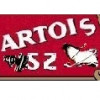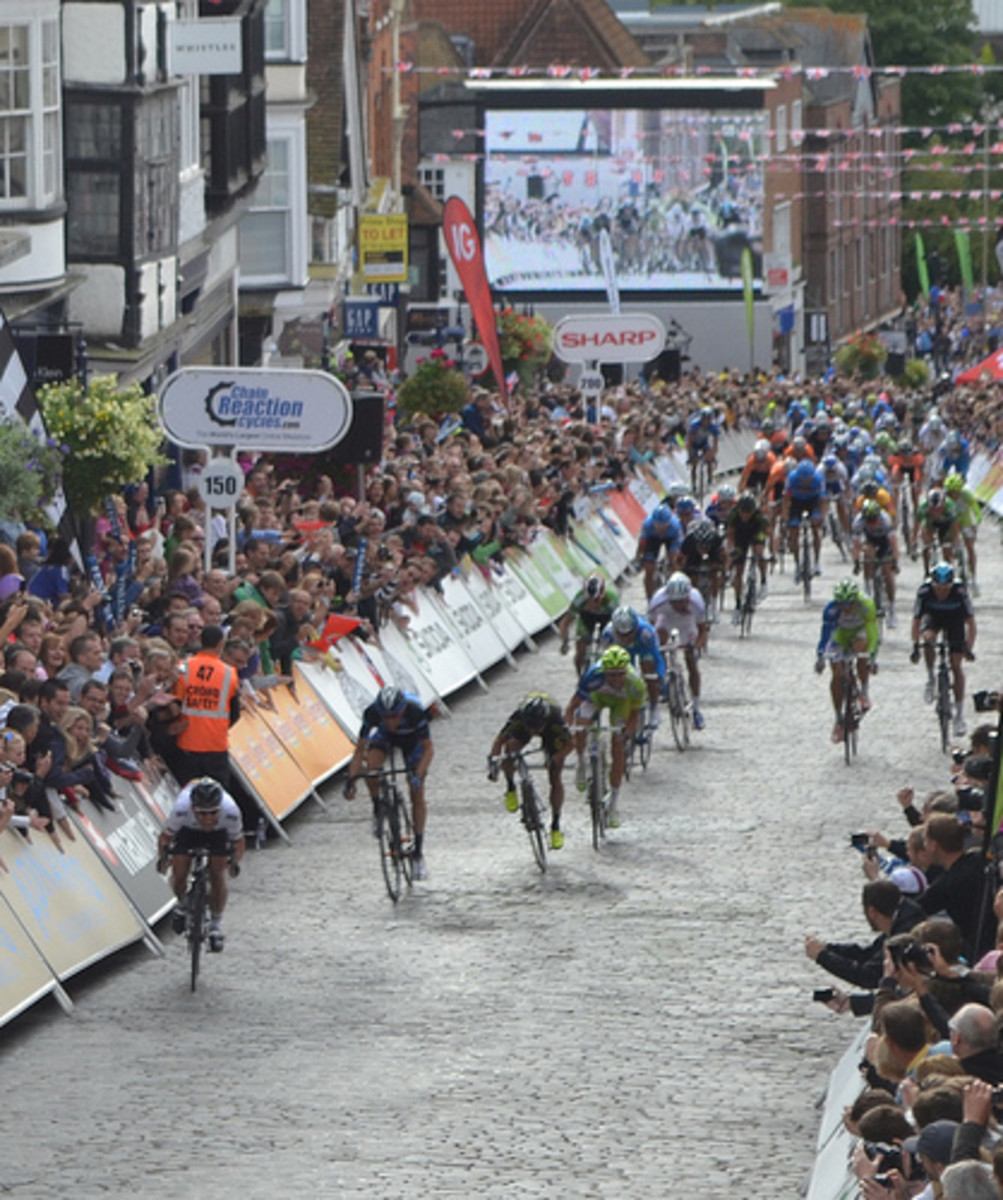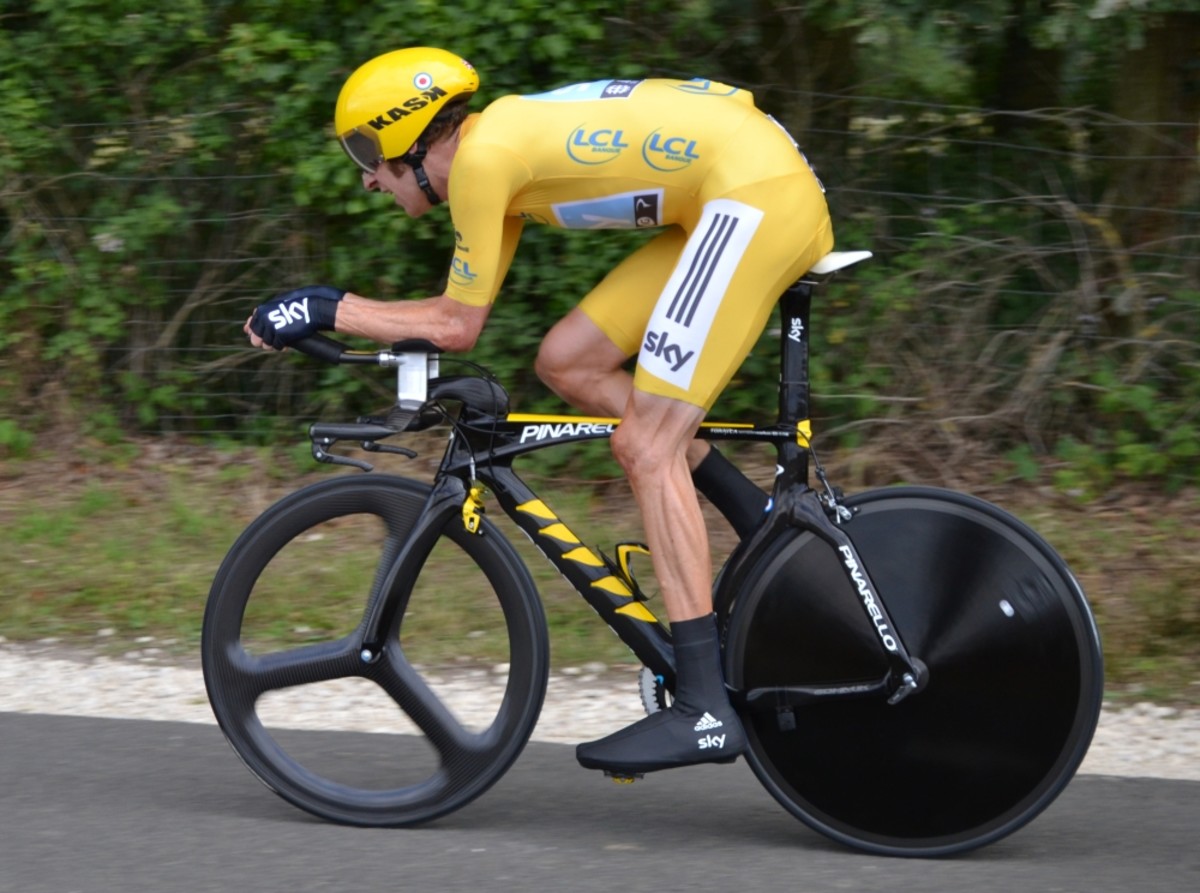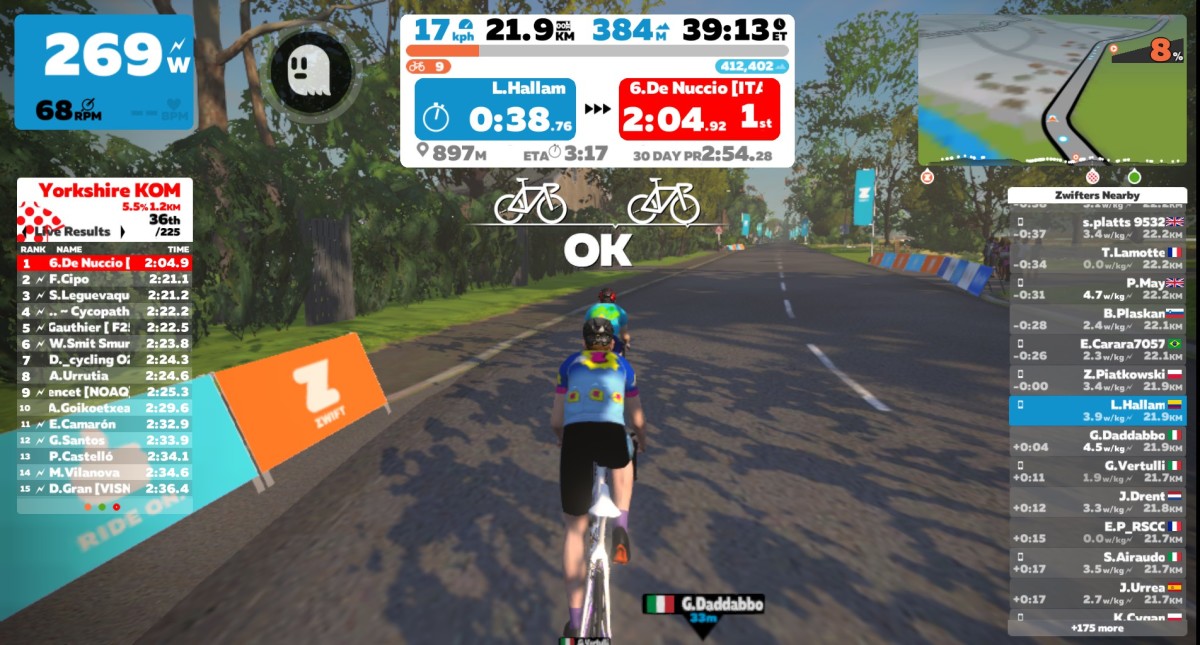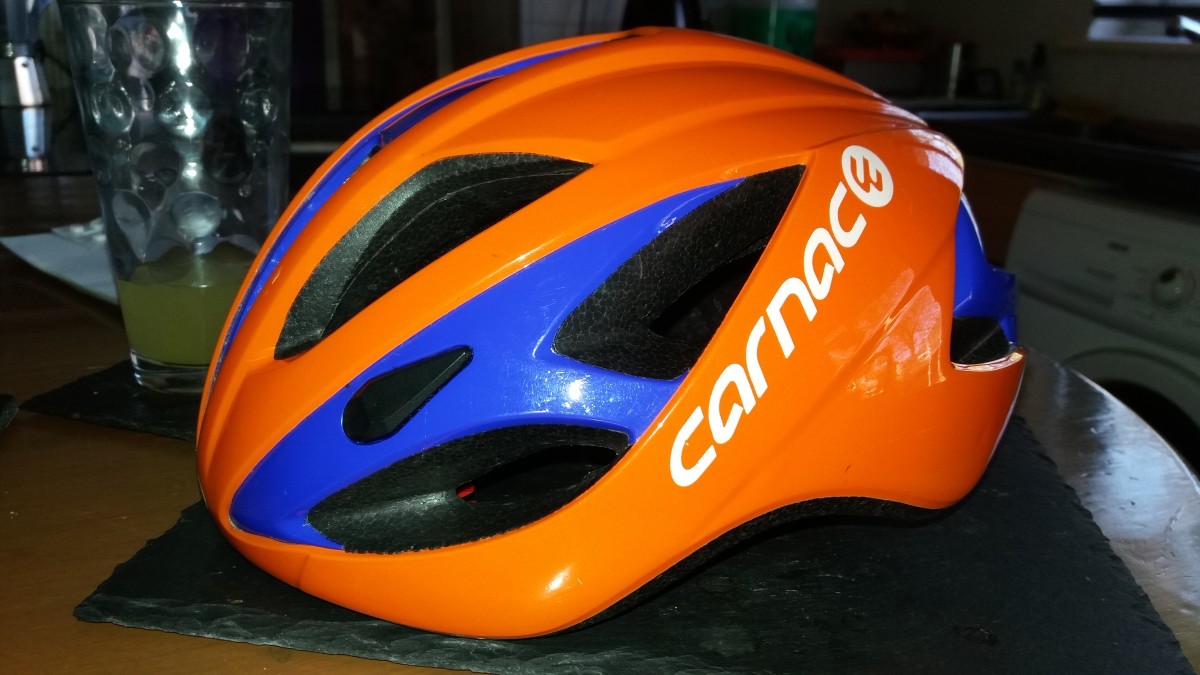Fascinating facts about the Tour de France
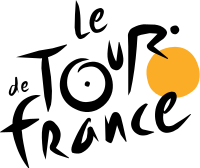
Facts about the Tour de France 2014
The cycling world’s premier event, the Tour de France 2014, begins on 5th July 2014 in Leeds, West Yorkshire, England and it will include a stage finish in London, in front of Buckingham Palace on the seventh of July 2014.
This will be the 101st time the Tour de France has been held and it will no doubt provide all the excitement and thrills and spills that we have come to expect from the annual multiple stage bicycle race event. The Tour de France was first held in 1903 and it was actually first conceived as a means of promoting the magazine, L'Auto, the pages of which pages were yellow, hence the yellow jersey that the leader of the race wears. The Tour de France has since been held annually, the only exceptions being during the two world wars. Originally, the participants in the Tour de France were French, but now the race has achieved worldwide prominence and teams will be entering from twenty two different countries from around the world, each team having nine riders.
Each of the stages of the race, which include the gruelling hill climbs, the breakneck speed downhill stages, the flat stages and the time trials, are timed to the finish and the times of each of the stages are compounded to give each rider’s overall individual position in the race. There are also races within the race the teams, including, the hill climbers, young riders and the sprinters.
The 2014 Tour De France reaches its climax in Paris, France on the 27th July 2014, when the final winners will be decided and, despite the huge distances that the athletes cover, the final finish in Paris, is often a close one, sometimes with only seconds between the riders.
Hit by a major doping scandal in 2012 and sometimes the scene of horrific pile ups, the 2104 Tour de France, the largest annual sporting event in the world, is on its way and here to get you started are ten facts about the race and details of 2014 Tour de France stages.
_________________________________________________________________
Please tweet, share, pin or post, if you like this article.
Many thanks.
_________________________________________________________________
Tour de France 2014 Stages
1
| 05 July 2014
| Leeds - Harrogate (United Kingdom)
| 191km (119mi)
| Flat stage
|
2
| 06 July 2014
| York - Sheffield (United Kingdom)
| 198km (123mi)
| Hill stage
|
3
| 07 July 2014
| Cambridge - London (United Kingdom)
| 159km (99mi)
| Flat stage
|
4
| 08 July 2014
| Le Touquet-Paris-Plage - Lille[11]
| 164km (102mi)
| Hill stage
|
5
| 09 July 2014
| Ypres (Belgium) - Arenberg Porte du Hainaut
| 156km (97mi)
| Flat stage (with cobblestones)
|
6
| 10 July 2014
| Arras - Reims
| 194km (121mi)
| Flat stage
|
7
| 11 July 2014
| pernay - Nancy
| 233km (145mi)
| Flat stage
|
8
| 12 July 2014
| Tomblaine - Gerardmer La Mauselaine
| 161km (100mi)
| Hill stage
|
9
| 13 July 2014
| Gerardmer - Mulhouse
| 166km (103mi)
| Hill stage
|
10
| 14 July 2014
| Mulhouse - La Planche des Belles Filles
| 161km (100mi)
| Mountain stage
|
15 July 2014
| Rest day
| |||
11
| 16 July 2014
| Besancon - Oyonnax
| 186km (116mi)
| Flat stage
|
12
| 17 July 2014
| Bourg-en-Bresse - Saint-Etienne
| 183km (114mi)
| Hill stage
|
13
| 18 July 2014
| Saint-Etienne - Chamrousse
| 200km (124mi)
| Mountain stage
|
14
| 19 July 2014
| Grenoble - Risoul
| 177km (110mi)
| Mountain stage
|
15
| 20 July 2014
| Tallard - Nimes
| 222km (138mi)
| Flat stage
|
21 July 2014
| Rest day
| |||
16
| 22 July 2014
| Carcassonne - Bagneres-de-Luchon
| 237km (147mi)
| Mountain stage
|
17
| 23 July 2014
| Saint-Gaudens - Saint-Lary-Soulan Pla deAdet
| 125km (78mi)
| Mountain stage
|
18
| 24 July 2014
| Pau - Hautacam
| 145km (90mi)
| Mountain stage
|
19
| 25 July 2014
| Maubourguet Pays du Val d'Adour - Bergerac
| 208km (129mi)
| Flat stage
|
20
| 26 July 2014
| Bergerac - Perigueux
| 54km (34mi)
| Individual time trial
|
21
| 27 July 2014
| Evry - Paris
| 136km (85mi)
| Flat stage
|
_________________________________________________________________
_________________________________________________________________
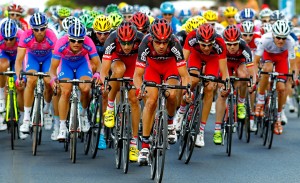
_________________________________________________________________
Facts about the Tour de France
1. The Tour de France is the World’s biggest annual sporting event
The Tour de France attracts a worldwide audience of more than 3 billion people from over 188 countries. 15 Million People are expected to attend the 2014 Tour de France as spectators and over two thousand journalists will be on hand to report the events as they unfold.
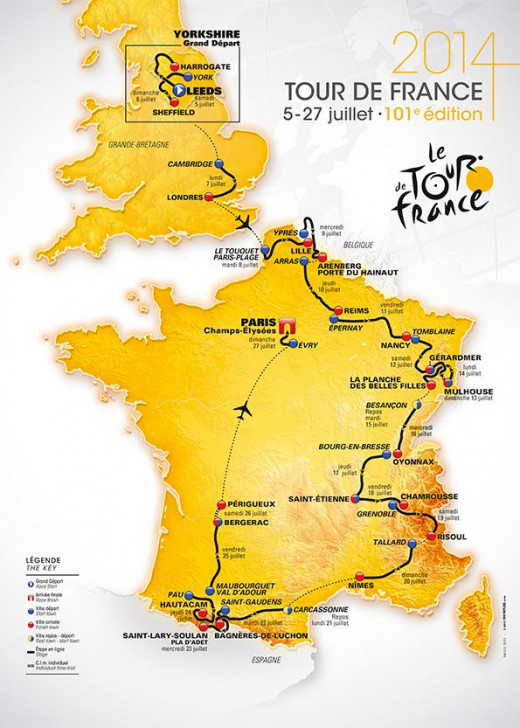
2. The Riders will cover around 2,000 miles in the course of the race
The speed that riders will travel depends on the course and the weather, but the average speed in 2005 was 25.8mph and that includes the mountain stages, so they are moving! During the course of the race they will ride approximately 3,200 kilometres (2,000 miles) and in that time, the average competitor will burn a massive 123,900 calories. That’s the equivalent of over 250 double cheeseburgers!
3. What the Tour de France jersey colours mean
The rules of the Tour de France state that all competing team riders have to wear identical team colours. The only exceptions are the current holders in each stage of the separate competitions, within the competition. The overall fastest rider wears the famous yellow jersey, the best young rider wears white and the best hill climber wears a red and white polka-dot jersey.
4. Tour de France riders used to smoke and drink, while riding
Right up until the 1960’s, despite the physical endurance required to complete the race, riders were often seen smoking and drinking wine during the race. It was only a law, passed in the 960’s, that prohibited sportsman from using artificial stimulates that stopped this practice.
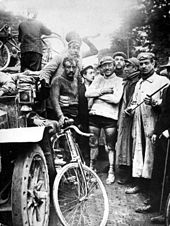
5. Early cheating in the Tour de France
Before the days of performance boosting drug scandals, some riders in the Tour de France still tried their luck with some underhand methods. In 1953, a rider named Jean Robic, filled his water bottle with lead to give him more weight in the downhill sections of the race. The modern equivalent of this cheat is till tried today and is called the sticky bottle. This is where a rider will pretend to be taking a bottle of water from a team car, but is really holding on and getting a free ride.
Check out my Blog!
- Artois52 blog - It's just my thoughts
Making sense of life the best way that I can; with daily posts, almost, on anything that catches my imagination and interest.
6. How do the riders take a pee on the Tour de France?
As a single stage of the Tour de France can take over five hours and the riders do drink water during that time. As you can imagine, bathroom breaks do become necessary. When that does become necessary, the riders in the competition stick by a gentleman’s agreement that allows for the taking of “pauses pipi” or potty breaks, during which time the other riders will not try to gain an advantage.
7. Early riders in the Tour de France had no gears on their bikes
To begin with, gears on the bikes were banned in the Tour de France. This meant that on the difficult uphill stages of the race the riders either had to struggle their way up with a single gear, or they were allowed to stop and change their entire back wheel to one with a lower gear.
_________________________________________________________________
_________________________________________________________________
8. The Lance Armstrong Doping Scandal
American cyclist, Lance Armstrong, was stripped of his seven Tour de France titles after the US Anti-Doping agency accused him of being the lead man in a doping scandal. The organisers of the Tour de France officially erased Armstrong’s name from their record books, completely erasing his 1999-2005 victories.
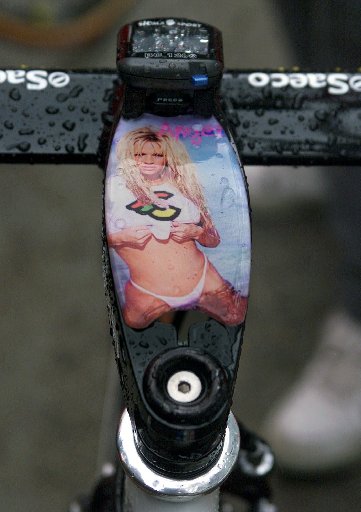
9. Mario Cipollini and his legal artificial stimulant
Doping claims and cheating scandals are actually never far from the Tour de France, but one cyclist, Mario Cipollini, who was famous for his sprinting, had a unique and totally legal way to boost his performance in the completion. In the 1999 race, he taped a photograph of Pamela Anderson to the crossbar of his bike to give him a testosterone boost each time he took a peak.
10. The Tour de France was designed to be an ordeal
The Tour De France was designed to be as much of an ordeal for the riders as possible and early routes were planned deliberately to be difficult. One of the race founders, Henri Desgrange, once said that the ideal Tour de France would the one in which only one rider finished.
_________________________________________________________________
Get updates and new articles
_________________________________________________________________
